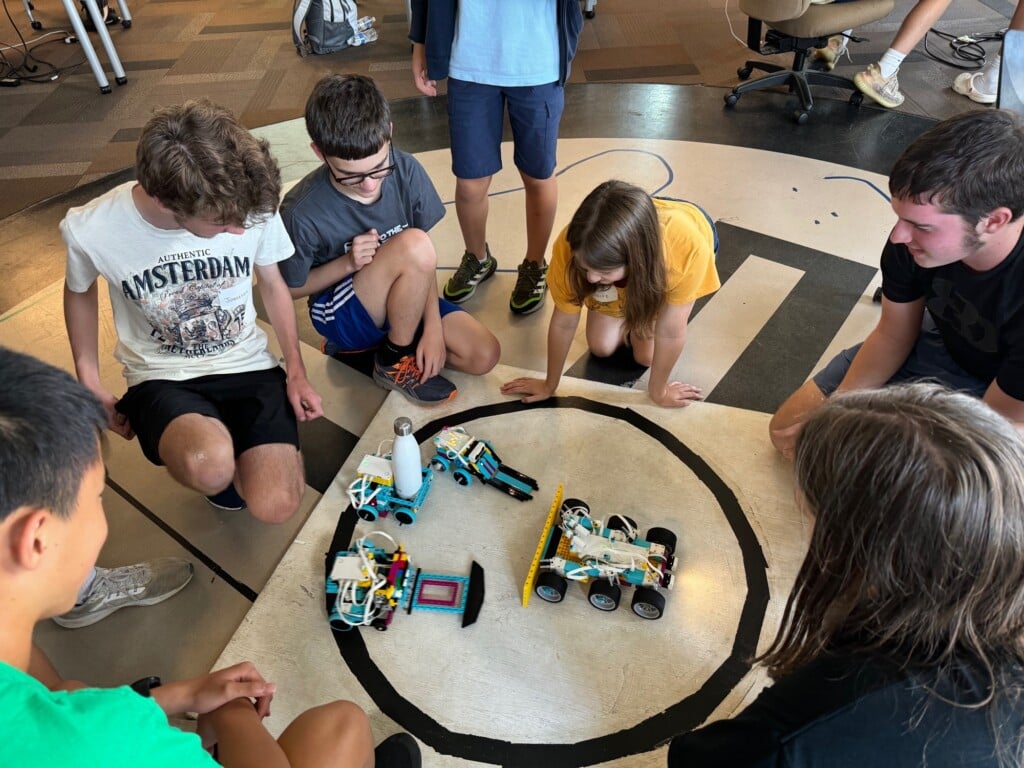5 Ways to Make Tummy Time Fun

Supervised playtime for babies on their stomachs promotes growth and development and can prevent flat spots from forming on the head. Tummy time is especially important now that it is recommended by the American Academy of Pediatrics that babies sleep on their backs. After babies started sleeping on their backs, pediatricians and therapists noticed a sudden rise in infants diagnosed with flat spots on the head, and they also noticed an increase in the number of infants with mild delays in gross motor skills, such as rolling over and pulling up.
Many parents might be distressed because their infants resist being positioned on the stomach for play. They’re torn between what they should do and what their baby seems to want to do. The good news is that with a little time and some simple techniques, any infant can learn to tolerate and even enjoy tummy time.
Here are a few tips on how to introduce tummy time and increase an infant’s tolerance to the position.
Start tummy time early.
As soon as your pediatrician gives you the go ahead, start exposing your infant to small increments of tummy time. Even if you start for only 15 to 30 seconds each session, it will be helpful in strengthening baby’s neck and upper body muscles that are necessary to maintain the position. Gradually increase the time by 30 to 60 second increments, and this will help your little one gain strength and motor control.
Be creative.
Positioning your infant tummy down on your chest is a great way to sneak in a little tummy time while interacting with your baby face to face. You can also carry your baby tummy down or hold your infant in your lap stomach down.
Be safe.
Tummy time that does not take place in your arms, in your lap or on your chest should always be carried out with safety in mind on a firm, stable surface with no soft pillows or plush toys nearby.
Distraction is your friend.
Provide fun, developmentally appropriate activities such as musical toys, a child-safe mirror, singing, making silly faces, and any other entertaining options that will distract baby during tummy time. This will help you to gradually increase the amount of time each session so that your little one increases tolerance to the position.
Plan ahead.
Only attempt tummy time when your baby is rested, comfortable and in good spirits, and has not just eaten. Try to develop a regular schedule for tummy time, such as immediately after naps, diaper changes or bath time.
Most importantly, remember that tummy time should be a pleasant and positive experience. Hopefully with these suggestions, you and your little one will soon be having a wonderful experience with tummy time; and the best part is, all the while, your infant will be gaining increased strength and muscle control, which will provide a solid foundation for future motor skill development.
Anne Zachry is a pediatric occupational therapist with a doctorate in educational psychology, with the research for her doctorate being related to tummy time and infant mobility.









